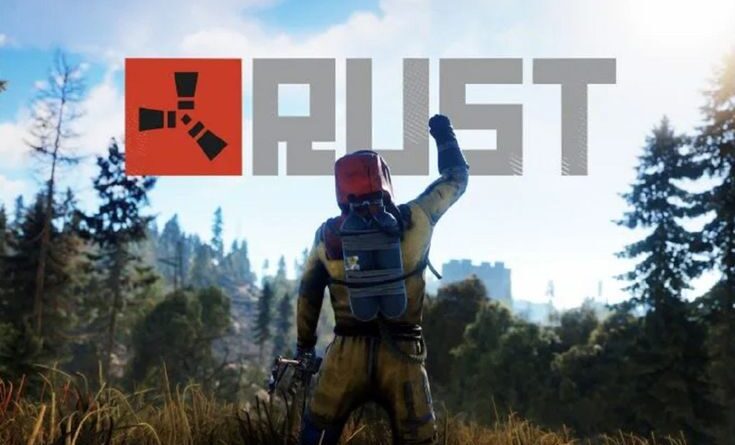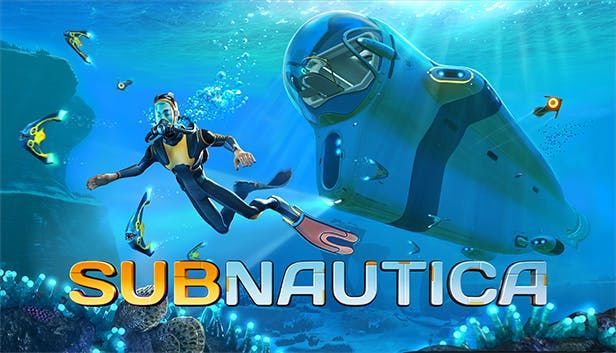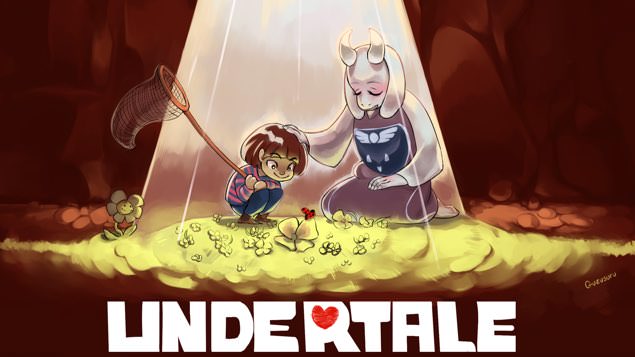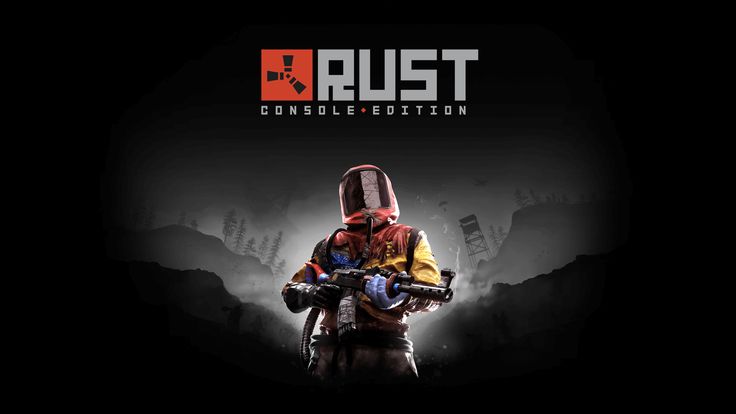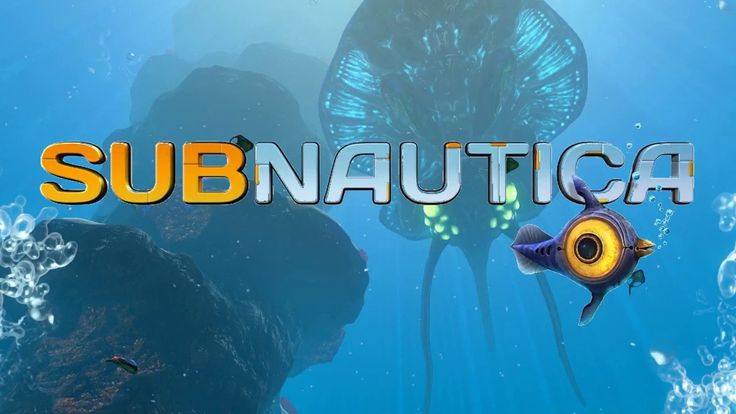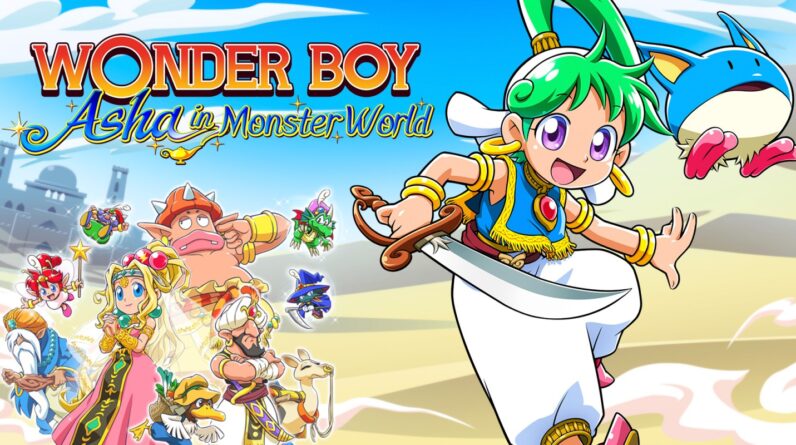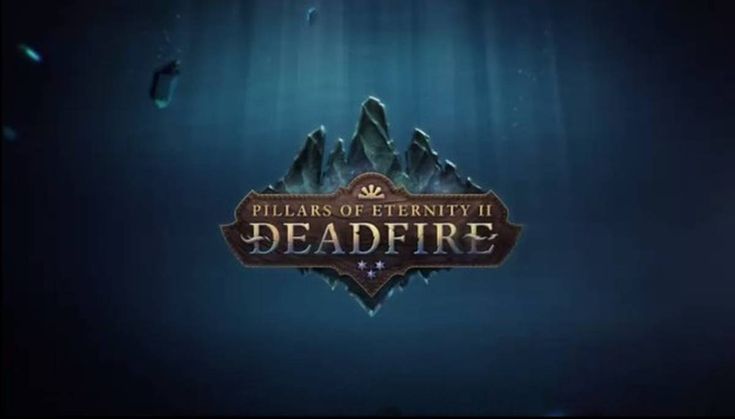
Mastering the Seas: A Beginner’s Guide to Pillars of Eternity II: Deadfire – Pillars of Eternity II: Deadfire is an expansive RPG that immerses players in a beautifully crafted world full of intriguing characters, deep lore, and challenging gameplay. For newcomers, the sheer depth and complexity of the game can feel overwhelming. This guide is designed to help beginners navigate the Deadfire Archipelago, optimize their gameplay, and enjoy the rich narrative Obsidian Entertainment has to offer.
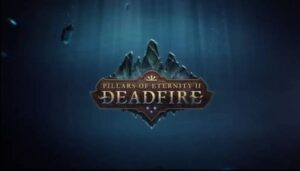
1. Understanding the Basics
Before diving into the intricacies of Deadfire, it’s essential to familiarize yourself with the game’s foundational mechanics.
What Is Pillars of Eternity II: Deadfire?
Deadfire is a party-based, isometric RPG where you command a ship and its crew while exploring a vast archipelago. The game combines real-time combat with a pause system, allowing you to strategize effectively during battles. The main storyline focuses on your pursuit of Eothas, a rogue god, but there’s much more to explore through side quests and character interactions.
Character Creation
The first major decision in Deadfire is creating your character. Choose a class that suits your preferred playstyle:
- Fighter: A durable melee combatant.
- Wizard: A spellcaster with a variety of magical abilities.
- Rogue: A stealthy and high-damage dealer.
- Chanter: A unique support class with chants and invocations.
Consider experimenting with multiclassing to combine abilities from two classes, but be cautious as this can make your character less specialized.
Difficulty Settings
Deadfire offers multiple difficulty levels:
- Story Mode: Focuses on narrative over combat.
- Classic Mode: Balanced for players with some RPG experience.
- Veteran and Path of the Damned: For seasoned players seeking a challenge.
New players are advised to start with Story or Classic Mode to learn the game’s mechanics without feeling overwhelmed.
2. Exploring the Deadfire Archipelago
The game’s world is vast and open-ended. Exploration is a core part of the experience, and understanding the geography and factions will enhance your journey.
Navigating the Map
The Deadfire Archipelago is divided into several islands, each with unique quests, characters, and challenges. Use your ship to traverse the seas, but be mindful of your supplies, crew morale, and potential hazards like storms and enemy vessels.
Key Factions
Several factions vie for control in Deadfire. Your choices will determine your alliances and enemies:
- Vailian Trading Company: Merchants focused on trade and profit.
- Huana: Indigenous people defending their homeland and traditions.
- Royal Deadfire Company: A militaristic faction seeking to colonize the region.
- Príncipi sen Patrena: A group of pirates with their own agendas.
Balancing your relationships with these factions is crucial, as they impact the game’s ending.
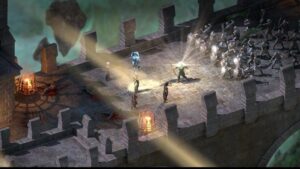
3. Mastering Combat
Combat in Deadfire is both tactical and challenging. Success requires a deep understanding of your party’s strengths and weaknesses.
Party Composition
Your party consists of up to five characters, including your main character and companions you meet throughout the game. Aim for a balanced group:
- Tank: Absorbs damage and protects squishier allies (e.g., Fighter).
- DPS: Focuses on dealing damage (e.g., Rogue, Ranger).
- Support: Heals and buffs the party (e.g., Priest, Chanter).
- Crowd Control: Disables enemies or manipulates the battlefield (e.g., Wizard, Druid).
Combat Tips
- Use Pause Strategically: Pause the game frequently to issue commands and assess the battlefield.
- Target Weaknesses: Exploit enemy vulnerabilities by using abilities that counter their strengths.
- Manage Resources: Many abilities have limited uses per encounter or rest, so use them wisely.
- Positioning Matters: Keep fragile characters at a distance and flank enemies to maximize damage.
Equipment and Upgrades
Equip your party with the best gear you can find or craft. Look for weapons and armor that complement each character’s role. Enchantments can significantly enhance equipment, so prioritize upgrading items for your main character and key party members.
4. Managing Your Ship and Crew
Your ship is both a mode of transportation and a vital part of gameplay. Maintaining and upgrading it is crucial for success.
Ship Upgrades
Invest in upgrades to improve your ship’s performance in naval combat and exploration:
- Cannons: Increase your offensive capabilities.
- Hull: Boost durability and survivability.
- Sails: Enhance speed and maneuverability.
Crew Management
A well-managed crew ensures smooth sailing. Assign roles like helmsman, navigator, and deckhand to optimize your ship’s efficiency. Keep an eye on morale by providing adequate food, drink, and pay. Discontented crew members may mutiny, so address their concerns promptly.
Naval Combat
Naval encounters involve strategic positioning and resource management. Use maneuvers to gain an advantage, and unleash cannon fire when your target is within range. Alternatively, board enemy ships for a direct fight if your crew is strong enough.
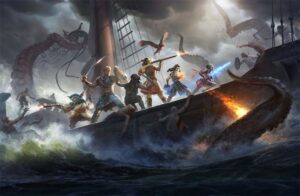
5. Making Choices That Matter
Deadfire is renowned for its branching narrative and impactful decisions. Your choices influence character relationships, faction allegiances, and the game’s conclusion.
Dialogue Options
Conversations often present multiple dialogue choices based on your character’s attributes, skills, and background. Use these to:
- Persuade or Intimidate: Resolve conflicts without combat.
- Unlock Secrets: Gain access to hidden information or rewards.
- Build Relationships: Deepen bonds with companions.
Reputation System
Your actions shape your reputation with factions and individuals. Be mindful of how your decisions align with your goals, as gaining favor with one group may alienate others.
6. Optimizing Progression
Efficient progression ensures your party remains strong enough to tackle challenges.
Leveling Up
Distribute skill points thoughtfully to enhance your characters’ abilities. Focus on:
- Combat Skills: Improve damage, defense, and utility.
- Active Skills: Boost exploration and interaction (e.g., Athletics, Mechanics).
- Passive Skills: Influence conversations and reputation (e.g., Diplomacy, Bluff).
Completing Quests
Prioritize side quests to gain experience, gold, and unique items. Many quests also provide insight into the game’s lore and deepen your connection to the world.
Resting
Resting restores your party’s health and abilities. Stock up on camping supplies and rest at inns when possible. Overworking your party can lead to penalties like reduced stats and morale.
7. Exploring the Rich Narrative
Deadfire’s story is a major draw for RPG enthusiasts. Immerse yourself in the game’s lore and engage with its complex characters.
Companions
Each companion has a unique backstory, personality, and set of abilities. Building strong relationships with them unlocks personal quests and enriches the narrative. Examples include:
- Eder: A loyal Fighter with ties to the first game’s events.
- Serafen: A mischievous Orlan Cipher/Pirate with a mysterious past.
- Xoti: A Priest/Monk devoted to the goddess Gaun.
The Watcher’s Role
As the Watcher, your ability to read souls plays a significant role in the story. Use this power to uncover secrets, solve mysteries, and shape the fate of the Deadfire Archipelago.
8. Tips for New Players
To round out this guide, here are some additional tips for beginners:
- Save Often: Use multiple save slots to avoid losing progress.
- Experiment with Builds: Don’t be afraid to try different classes and strategies.
- Learn from Defeats: Analyze what went wrong in combat and adapt your tactics.
- Read the Journal: The journal tracks quests, lore, and important information.
Conclusion
Pillars of Eternity II: Deadfire is a richly layered game that rewards exploration, experimentation, and strategic thinking. With this beginner’s guide, you’ll be well-equipped to navigate the seas, forge alliances, and uncover the mysteries of the Deadfire Archipelago. Set sail, and may your adventures be legendary!
